Latest articles
2025.07.16
2023.03.01 Updated

The IAUD Design Award is an international award – the only global one recognising and honouring outstanding and exemplary projects based on the principles of universal design. It emphasises the importance of the social needs and our human perspective when developing products, services and environments. At their heart, these awards are about diversity and inclusion. They form part of a holistic understanding of the three main sustainability pillars: the social, economic and environmental as defined in the UN’s SDGs.
The current global situation and difficult times that people across the world are experiencing can make the current outlook seem to be negative. People are suffering and new challenges appear almost daily in the wake of current events. These affect all of us, but the most excluded and marginalised among us struggle the most.
Sometimes it can be scary to switch on the news …. But thankfully the global community is working together; there are initiatives, actions and a strong will to find effective solutions and to improve the human condition. Design plays and essential part in this. It can understand societal needs and help us gain real insights from a diverse range of people in context. Importantly, design is about impact – it can help us develop robust and inclusive solutions to solve real problems in an inspiring and imaginative way. This is the core of universal design. This is what we do!
Japan has a long tradition of universal design, with applications both in business and in public sector. For a long time, big brand name companies have integrated universal design as a creative part of their development and innovation strategy, involving and testing with real people at every stage of the development. Empathy with the user and an eye for little details can make a big difference. The outcome is often incredibly innovative solutions setting new standards for both consumer goods and public services amongst many other. The knowledge exchange that IAUD enables through their International Design Award presenting Japanese and global projects is of great value for the international community and in the promotion of this concept of universal design.
The award-winning projects this year represent a wide range of fields, design disciplines and sectors. They show that new inventions and innovation can reach further, be more user centric and create more value when applying a universal and inclusive design process. The benefits are numerous and at many levels, both for business and society as well as for the individual. We have award winning social innovation projects enabling diverse people to live independently and sustainably through new services.
The use of digital technology especially AI, is promising. It provides exciting and inclusive solutions to old and new problems and represents a great potential and opportunity for innovations in the years to come. But only if we ensure that it is based on a universal design perspective reflecting human diversity and the importance of inclusion – a responsibility that the developers must take seriously. Focusing on the mainstream and so-called average person is not a good starting point for creating inclusive and user centric concepts.
This year the international jury selected two Grand Award winners, complementing each other in two completely different categories. Both represent outstanding and pioneering examples of universal design. They demonstrate how research, and deep insights of user needs can lead to extraordinary results. Their inclusive design processes involving different user groups at every stage using appropriate tools and methods are worthy a textbook case presentation. Bergen University College is a study in a restoration and complex architecture project in the public sector, a success story for both students and staff. The other winner, HSBC, is a leading international financial institution raising awareness and implementing a training program in accessibility for all its employees - with an ambitious goal.
Congratulations to all award winners and thank you for your efforts. A big thank you to the jury for dutiful and responsible judging, and to the IAUD for organising the award. To those listening or reading this, please take the time to take a closer look at the projects and citations based on the jury’s evaluation of each project – be inspired!
Thank you.
Citations for Grand Awards (2)
Citations for Gold Awards (8)
Citations for Silver Awards (8)
Citations for Bronze Awards (4)
Citations for Student Design Challenge Award (1)
Announcement of IAUD International Design Award 2022 Winners
The past ten years of the awards have seen sustained progress, and to maintain this momentum the Judging Panel is looking for entries that:
"Inclusivity", the basic philosophy of Universal Design, is essentially the same as the principle of the SDGs, "No one should be left behind." Therefore, it can be said that UD and SDGs are linked. In order to make this easier to understand, we display the relevant goals of the SDGs with each award-winning work.
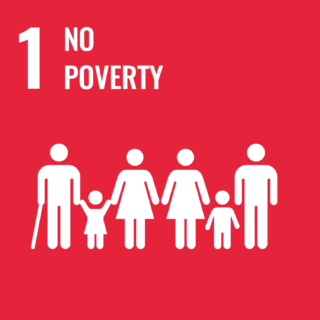
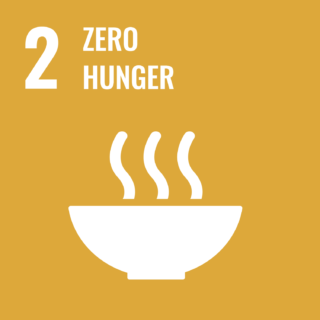
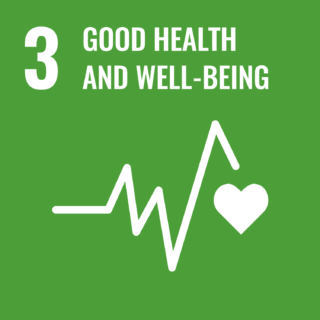
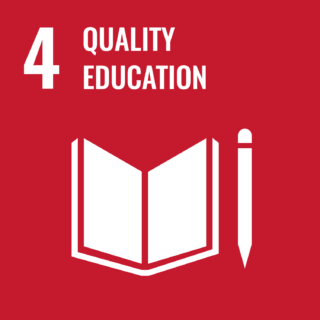
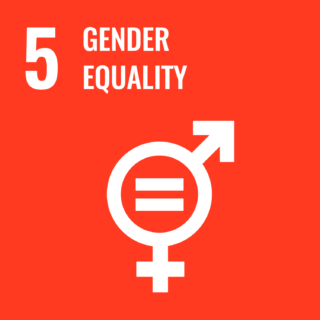
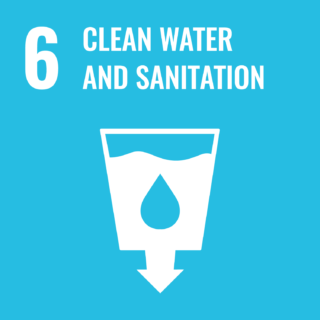
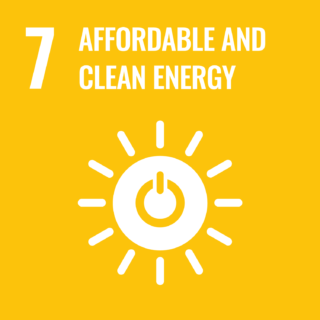
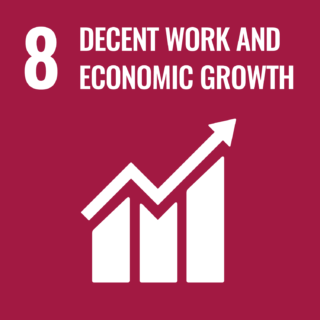
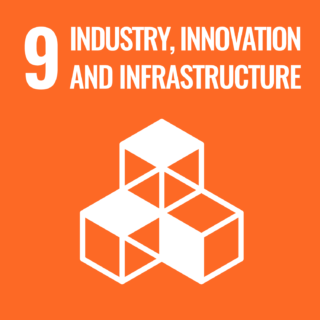
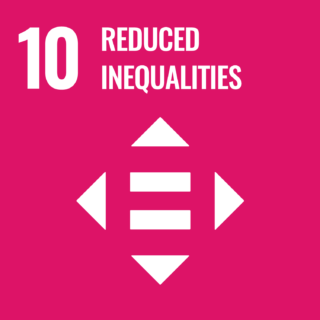
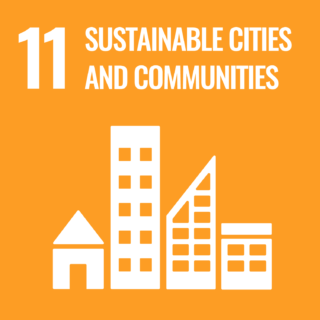
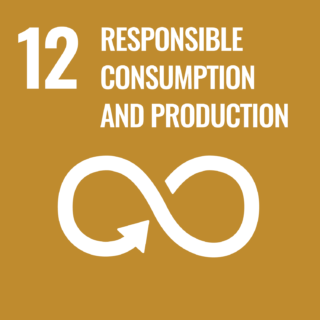
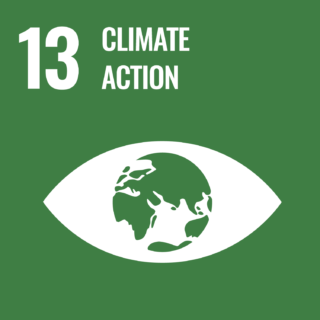
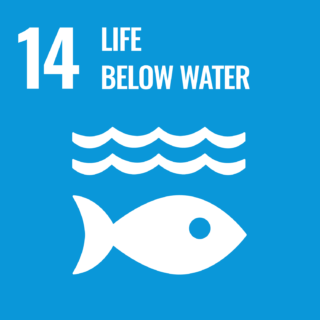
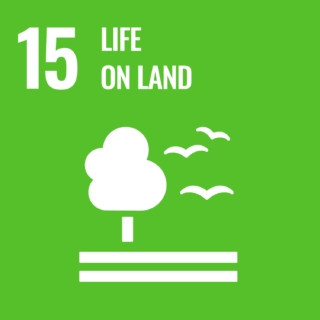
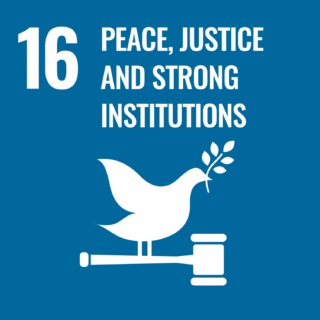
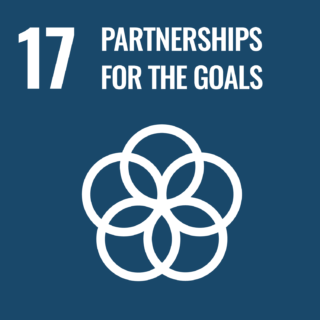
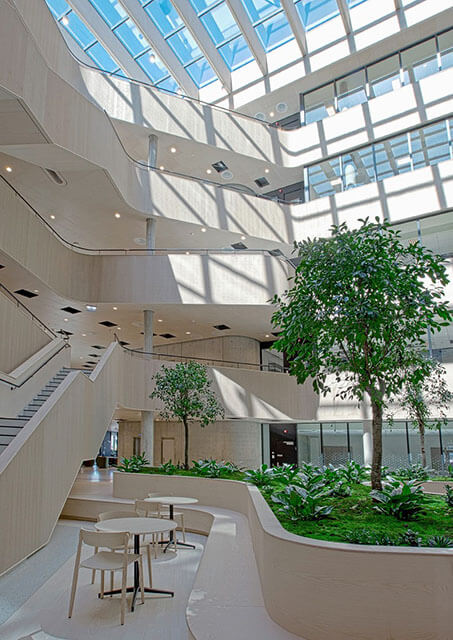
Bergen University College - Kronstad (now part of Western Norway University of Applied Sciences HVL) is recognized as a pioneer in the adoption of inclusive design principles, championing learning for everyone, both during and outside school hours. The Kronstad Campus project combines the restoration of old buildings of cultural heritage with the design and construction of new buildings to create a single, integrated campus environment and facilities.
The focus on universal design has taken centre stage in this large-scale development, from the overall design strategy to procurement practice. There was an emphasis on close involvement with user groups and stakeholders throughout. The keyword for the project was “connect”; between the past and the future, old and new and between the university and its neighborhood.
The Jury unanimously endorsed the Kronstad Campus as an outstanding example of universal facility design achieved through a robust process of user involvement. It demonstrates a holistic focus integrating important features including light and furniture. This comprehensive project has pioneered the application of universal design for large-scale projects in Norway and the central place given to user involvement is admirable.





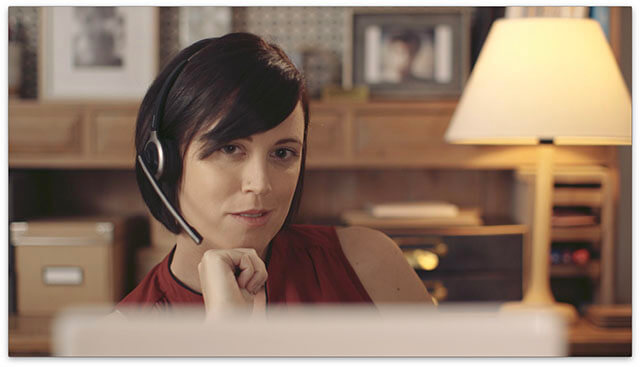
HSBC aims to become world’s most digitally accessible financial services provider, which means that some 250,000 staff, contractors and suppliers need to deliver universal design in their work. To achieve this goal HSBC has created an “Accessibility Awareness eLearning” course with the goal of delivering the necessary training across its global workforce and its network of contractors and suppliers. The course material is story-based and founded on real user involvement from inception to prelaunch testing. The company’s universal design approach to developing financial tools and services is not only commendable but sound business sense.
The jury saw the HSBC Accessibility Hub as a remarkable example of an inclusive staff-training program from a leading corporate financial institution. HSBC has the global reach to set a benchmark for the financial sector and corporate sector as a whole.
Although the training program is at an early trial stage, the jury was unanimous in applauding the goal set by HSBC of upskilling its global workforce and is keen to see real-world results living up to HSBC’s ambitions.





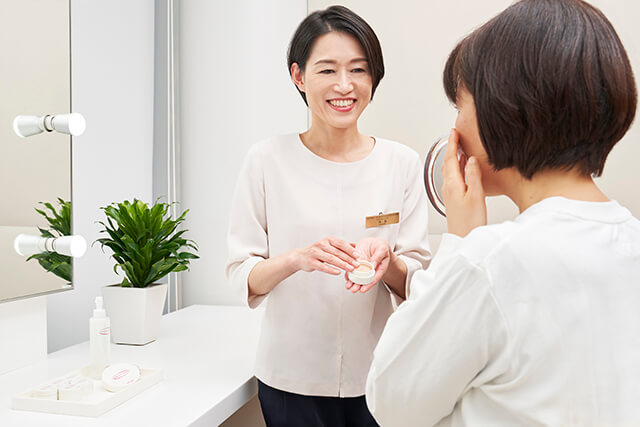
Many people are troubled by noticeable skin problems, such as birthmarks, changes in appearance due to illness or treatment, burns and scarring. To address this, Shiseido has created a base make-up series for skin problems that are difficult to cover with ordinary foundations. This range is offered with counselling on make-up methods that are tailored to each individual.
Through long-term research Shiseido has raised the benchmark in the field of skin problems and their impact on people’s daily lives. Shiseido’s goal of increasing wellbeing and reducing mental stress for their customers is met in an exemplary way through this combined base make-up range and customer support program. By giving people with deep skin issues the ability to address their anxieties and feel better about themselves this toolkit helps people socialize and enjoy everyday life.
For the jury this idea demonstrates the power and importance of make-up. The jury found the possible global expansion of this innovation most exciting and a fine example of continuous product development through inclusive design and thinking.



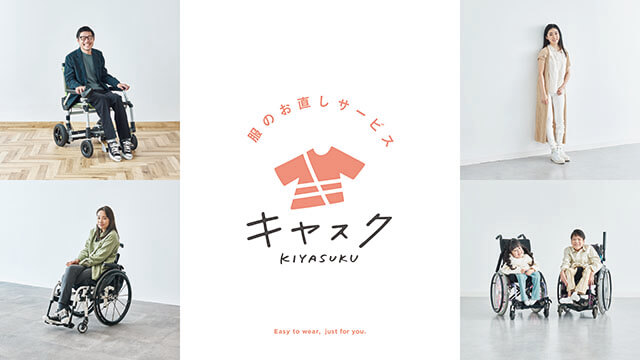
The Kiyasuku online clothes repair service is conceived for people who have to prioritize factors such as disability, illness, injury, and ease of use when choosing what to wear. With this online service, customers can easily and comfortably request appropriate adaptations that allow them to wear ready-made clothes of their choice regardless of their disabilities.
The Kiyasuku online clothes repair service is a great example of Inclusive fashion and has already received other awards in Japan. The service solution was developed based on user research and participation and launched in 2022. The ability to wear whatever you like is not a freedom granted to everyone. This service offers people with specific needs a way to adjust and adapt readymade fashion in an almost custom-made manner at a reasonable cost.
The jury commented that modifying existing clothing as an alternative to fast fashion is eco-friendly and services like this that are accessible, appealing, and affordable will encourage more consumers in that direction.


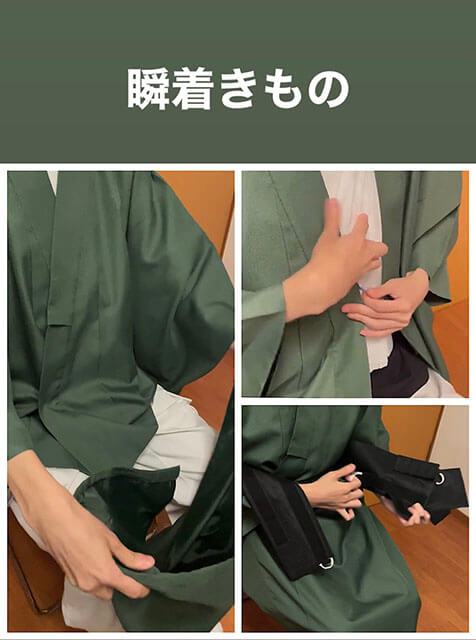
The kimono is an important part of Japanese cultural heritage and identity. It is a complex garment, the wearing of which requires an expertise that even Japanese people find challenging nowadays. There are many reasons why people find putting on and wearing a kimono difficult, some physical, some technical, and in particular a lack of knowledge, when wearing a kimono can bring great pleasure.
The goal of Linus is to offer kimono designs that anyone can wear, and rekindle kimono culture. We have developed a universal design service that allows people of all ages and abilities, and importantly foreigners, to wear a kimono without the assistance of a kimono expert.
The Jury described Linus as a great concept, in particular for those who face a range of challenges wearing a kimono. It is well designed and can help revitalize kimono culture by embracing a wider audience than the pure aficionados. Linus is a culturally significant UD product promoting this exquisite clothing culture by including more users. Bravo!

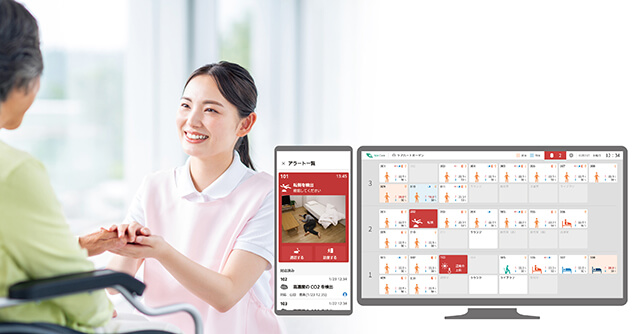
The elderly care service industry faces severe labor shortages and increased workload. MelCare provides information on residents acquired via sensors, and reduces the burden of staff visiting rooms during the night. Through natural monitoring of falls, room air quality, and bio-rhythms, MelCare supports facilities where residents and staff can live with in tranquility.
MelCare has been developed based on an extensive survey among staff and residents in several care facilities, with a focus on alleviating the stress and non-care activities of staff, while ensuring a safe and secure environment for the residents. The monitoring system is based on AI technology and interaction design aiming to lessen the burden on staff, respect the privacy of residents and improve the experience for both.
The jury noted that similar systems exist in the global market, but the need to find more adequate alternatives to increased staffing which is a current and growing problem is appreciated. Importantly, such solutions should enhance rather than replace human care.





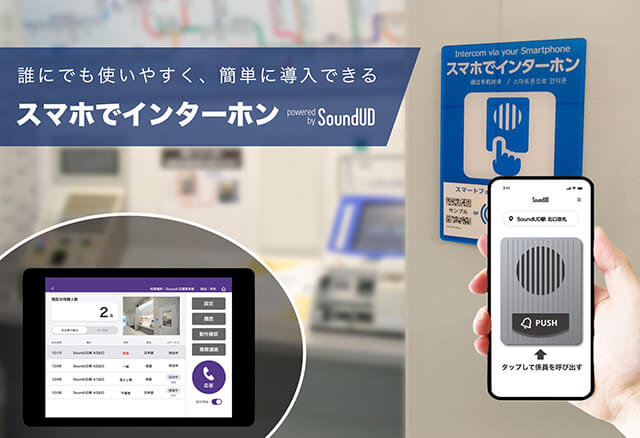
An intercom system comprising of a panel at a station or facility. Visitors only need to put their phone over the panel to connect to staff. This is environmentally-friendly and prevents infectious disease - a universal design that works for people of all ages and abilities, including international visitors. This simple and universally designed intercom system can replace conventional solutions, saving costs in terms of installation, maintenance and manhours and at the same time accommodate a diversity of users.
The jury noted that this innovative solution could potentially be a gamechanger with a wide range of applications, including for unmanned public transport stations. A simple system that offers several functions, including foreign language translation and emergency call buttons. The only drawback is that it requires a smartphone to work.




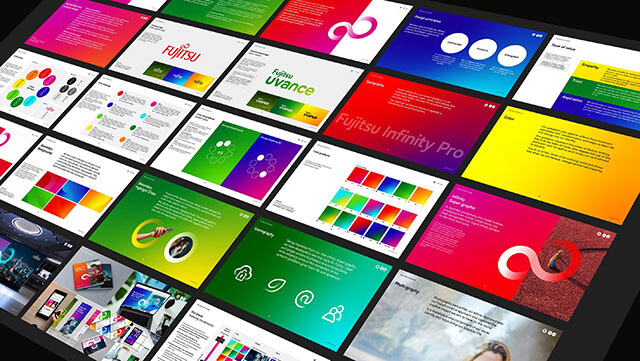
Fujitsu has been transforming itself into a “DX” company, increasing competitiveness through digital technology by promoting solutions to social issues together with customers. Through the company’s inclusive design activities, it aims to enhance accessibility for each of its many global touchpoints, and its Corporate VI is intended to help a range of stakeholders better understand the stance of the company.
Fujitsu’s Corporate VI has an excellent focus on the design of information and impressive attention to the best international standards. The jury applauded the emphasis on shifting the company’s corporate direction and mission from a technology focus to one based on social sustainability through inclusive design activities and engagement with stakeholders.



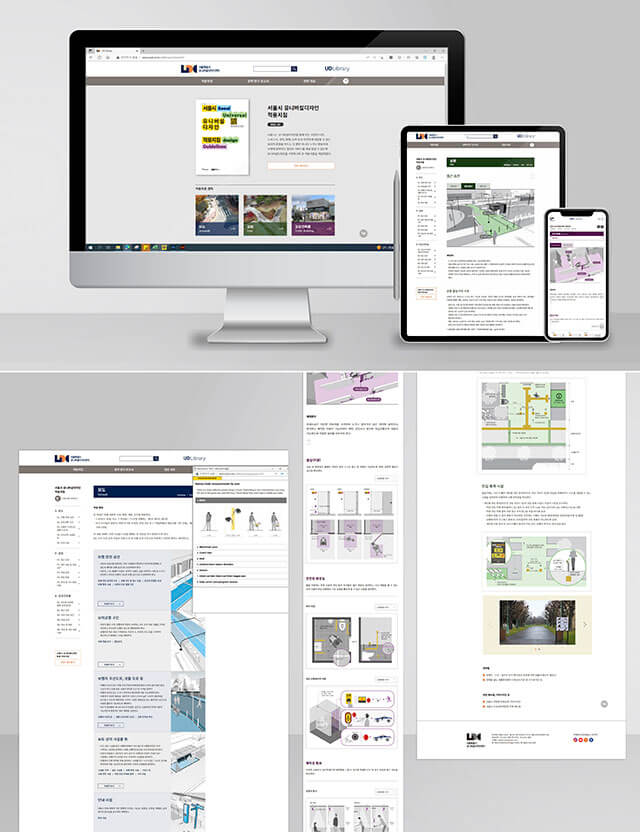
This Universal Design online library provides an easy communication tool through quick searches, immediate delivery of images, and other functionality. The accessibility of the database is greatly increased through the use of tools including, among others, voice reading, magnification, high-contrast conversion, automatic translation. The database also facilitates maintenance through quick repairs and the easy attachment of images, case studies and other information.
The jury described this online library as a solution for others to be inspired by: an inclusively designed database and a go-to tool for stakeholders and decision makers regarding universal design requirements including examples and case studies. As one jury member commented: a very smart evolution for the good universal design work being done in Seoul. Attention to illustrations and a commitment to responsive design make it easy to use in the field and its on-line presence will expand their work to a global audience.



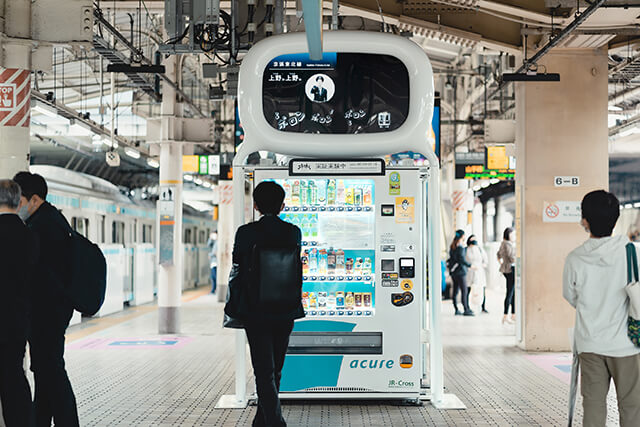
Ekimatopeia is a device that visually shows environmental sounds, such as station broadcasts and train sounds, as characters, sign languages, and onomatopoeia on a big screen. In developing this project Fujitsu Limited worked with children from the Kawasaki Municipal School for the Deaf to come up with the idea to enabling hearing-impaired people to obtain crucial information in real time so that their daily train use could be safer and more secure.
The jury found Ekimatopeia playful and potentially valuable useful for a wide range of people. Focusing the design on onomatopoeia was an excellent idea, as was naming it a “device for a symbiotic society”. In an animé/manga style inspired manner this concept will appeal to and be of great help to hearing-impaired people, and also to children, elders and people with brain-based limitations.



Following the 2020 recommendation of the jury, the Inclusive Music Education Model has been put into practice in several centers in Spain, including the EMMD Pozuelo de Alarcón and the Teatro Real de Madrid. As an example of social inclusion, the Music Education Model opens the door to social diversity by enabling musicians with different abilities to share a common musical project in the same time and space.
The jury found this an interesting education model that could prove very powerful in terms of co-producing and co-performing music. The initiative is innovative and inclusive of musicians with different abilities, and it is most encouraging to see this work moving to implementation. The Jury noted welcomed the fact that users were closely involved in the development of the model itself.


One of the most common barriers to the social inclusion of people with disabilities is the lack of understanding of and access to digital platforms, including, programs, applications and knowledge acquisition. This assessment and training project helps excluded people gain digital proficiency by assessing their level of digital proficiency and offering them an appropriately tailored training program.
The development of the questionnaire was based user research and involvement, resulting in more relevant and better structured educational programs delivering digital proficiency to a diversity of differently abled users.
The Jury commented that although an excellent example of its kind it is not truly innovative in a global context.





These Chinese language multi-sensory books have been designed with visually impaired students in mind using a form of Chinese appropriate for primary school children. To achieve this, 80 sets of tactile, auditory and visual trinity fusion graphics have been designed with close attention to the needs of the target group. Importantly, this is the first set of official Chinese publications featuring tactile Chinese language graphics.
The jury commended this entry as an exciting and thoroughly designed education material for visually impaired school children that represents a big step forward in this field. In terms of technique and technology the project is not really new on a global scale, but could have a great impact in China and in particular on the considerable number of Chinese speaking children with visual impairments.


It is almost impossible for blind students to recognize or understand animals, plants, or famous buildings from conventional printed material. To address these difficulties, physical objects are produced using 3D printing and provided with a braille board to support students with disabilities to understand objects in detail.
This is a useful education tool for blind students that will facilitate teaching and learning and increase their understanding of objects and how animals move, and so help to bridge the learning gap with non-disabled students.
The jury remarked that this project represents a significant step towards maximizing the value of 3D printing to bring object shapes to blind children. The eventual learning value will depend on the selection of items, the quality of the 3D realizations of them and on the content and context of use, but this is an interesting advance in the application of this technology to enhance accessibility for children with visual impairments.


Catalog Pocket is a tool that translates printed text from Japanese into English, Chinese (both simplified and traditional), Korean, Thai, Portuguese, Spanish, Indonesian, and Vietnamese – a total of nine languages as of July 2022 – presets it in a digital book form that also supports text-to-speech functionality. In this way, the tool realizes high-quality information distribution by the use of digital technology.
This looks like a very practical tool for all to access printed data in Japanese, importantly including foreigners visiting Japan. However, the jury comments that there is no evidence of commitment to digital accessibility and the material provided was rather marketing oriented.


Coemo is a toy that reads stories aloud with synthetic voices just like mom or dad. By using the latest technology, it can even express feelings and tones. Based on our vision of More storytelling for more children, we put a lot of thought into Coemo and the related App so that people with visual disabilities could also enjoy Coemo.
This is a clever idea with potential for parents with visual impairments who cannot read books, to record their voices so they too can be readers for their children. It could also help parents to experience books with their children without having to read at night with the lights on. However, its viability depends on the quality of the voice rendered and the Jury pointed out that no audio example was given.


This is free service and a simple tool making it possible for family members to help others living away from home (or vice-versa) who are having trouble with computer operation and digital access. An AI assistant “Fukumaro” acts as a friendly intermediary, helping remove psychological and PC literacy barriers for both the person in need and the person teaching them.
The Jury described this AI based digital assistant as a simple tool making it easy for family members to remotely assist less experienced digital tech users in lieu of the frustrations associated with accessing so-called “customer service”. A practical and free service for times when help is needed by people who are not fully computer literate.




This swing equipment is designed for large groups of children. With a seat surface that transforms with body weight, and an arrangement of ropes for pushing and pulling, it encourages physical contact, cooperation, and empathy among children. Children with different physical abilities can enjoy playing together as high physical ability is not required, and the equipment can also be used for rehabilitation with older people.
The Jury saw this as an excellent example of inclusive playground equipment, allowing children of different abilities to enjoy playing together. In recent years, inclusive parks have begun to appear in Japan and are regarded as the best solution for realizing an inclusive society. Although not unique, this is a well thought out product that has been carefully tested with a diversity of end users and that meets British and European Standard for play equipment.


The RakuRaku Smartphone F-52B is a 5G smartphone was developed with the aim of enriching the daily lives of older users by helping them adapt to digitalization and bridge the expanding digital divide. Fujitsu’s goal is to provide access to current on-line services and enhance the pleasure of using up-to-date technology via a smartphone. We design our products with a focus on ease of use so that anyone can use them with confidence.
This is an update of the Raku Raku phone, and a good example of continuous product enhancement in both design and application, updating user experience and interaction. New, relevant, easy-to-understand features facilitate participation in the digital society for older users. In particular, the Mask call mode was much appreciated by the Jury.



To meet the current trend towards bulk buying triggered by the COVID-19 pandemic, Mitsubishi have increased the internal volume of this model in the WZ series without changing its external dimensions. The outstanding visibility of refrigerator contents makes it easier to organize foods and promotes sharing of housework, while the easy-to-use central section is available either as a vegetable compartment or as a freezer to suit different lifestyles.
The jury commented on Mitsubishi’s commitment to continuous product improvement that adapts to the changing lifestyles and needs of a diversity of users. The design is well thought out and some clever ideas are implemented increasing the visibility of product storage and offering easy access. The ability to ‘soft freeze’ foods to sub-zero temperatures, allowing meat and fish to be kept fresh longer and reducing defrosting time, was particularly appreciated by the Jury.


A 2018 IAUD award was given to Mitsubishi’s "Development of a Remote Control for Air-Conditioners" which has been taken as a starting point for a standardized remote control based on UD principles. The goal of this project was to ensure the simple and intuitive use of remote controls for air-conditioners through a range of standardized solutions based on universal design principles.
A Bronze award was granted primarily for the design standardization. An increase of usability of all remote controls for each different type of Mitsubishi air-conditioner within one household was judged in line with the universal design principles. Unfortunately, the Jury found the entry difficult to assess due to a lack of explanation as to how UD principles are applied or how the design standard was adapted and adjusted to user diversity insights.


Based on the concept of "another brain" to deepen thinking, “QUADERNO” is an ultra-light and thin electronic paper terminal that pursues "portability," "ease of writing," and "ease of reading" by fusing analog and digital technologies in a tool to always carry around with you.
The Jury described QUADERNO as an interesting and useful tool for a wide range of users and a great product. Since the thinking process is separable from the writing process, the similarity of QUADERNO’s surface texture with paper’s texture is judged supporting stimulus to the brain to write and furthermore, to deepen thinking. Compared to LCD monitor, this electronic paper device is easy to the eyes and power-saving. However, it was pointed out that similar products already exist in the marketplace and that there are no obvious universal design features or inclusion benefits mentioned.


The Knuttle specifically addresses the needs of hearing and visually impaired people through haptic features. The water volume is highlighted by electromagnets with the help of sensors on the kettle. Another special feature is that the temperature can be set directly on the rear part of the kettle.
The jury described the Knuttle as an attractive universally designed product and a smart and intuitive solution with haptic features that could also serve a mainstream market. However, in their view it would be meaningful to involve more users in the process and to document insights leading to specific features in the end solution.

Citations for Grand Awards (2)
Citations for Gold Awards (8)
Citations for Silver Awards (8)
Citations for Bronze Awards (4)
Citations for Student Design Challenge Award (1)
Announcement of IAUD International Design Award 2022 Winners